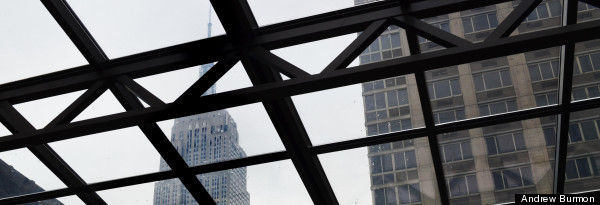In the early 1900s, the Colony Arcade Building was brimming with milliners from the L. F. Castle Company, Bonhotal Company and Crest Band Bandeau Company, who trekked to the brick and terracotta edifice through the heart of what was then and is still New York's garment district. Today, a stream of construction workers flows down every staircase and through every room. The sound of buzz saws, hammers and screwdrivers is as loud as the footsteps of mad hatters must have been.
This spring, the building will reopen as the Refinery Hotel, an industrial chic 197-room neighborhood hub with a Prohibition aesthetic, a tea room and a pair of bars on the ground floor and roof. The hotel will be both a unique lodging in midtown Manhattan, traditionally dominated by large, business-friendly accommodations, and another example of the popular trend of repurposing industrial spaces into hotels.

Industrial design hasn't just caught fire in New York, where the Wythe Hotel attracts its upscale crowd with concrete and brushed steel. Hotels built from canneries, warehouses and plants have been springing up the world over as hip neighborhoods grow out of the apparently fertile remains of the Industrial Revolution. These hotels tend to cater to in-the-know travelers who favor character over opulence.
That many of these hotels opened or began to prosper during the economic downturn is probably not a coincidence.

The best of the factory hotels tend to be the ones where designers create a playful interplay between the hardworking past and restive present. Just as the Refinery Hotel will be decorated with hats, the Craddock Terry Hotel in Lynchburg, Virginia is decorated with the shoes it once produced. The hotels don't just offer travelers a chance to stay in buildings with actual history, they offer a way to see neighborhoods in their proper historical context.
The Garment District is still full of tailors, fabric wholesalers and, yes, milliners. Tourists are just the new kids on the block.
Source: Huffington Post (includes interactive photo gallery).












